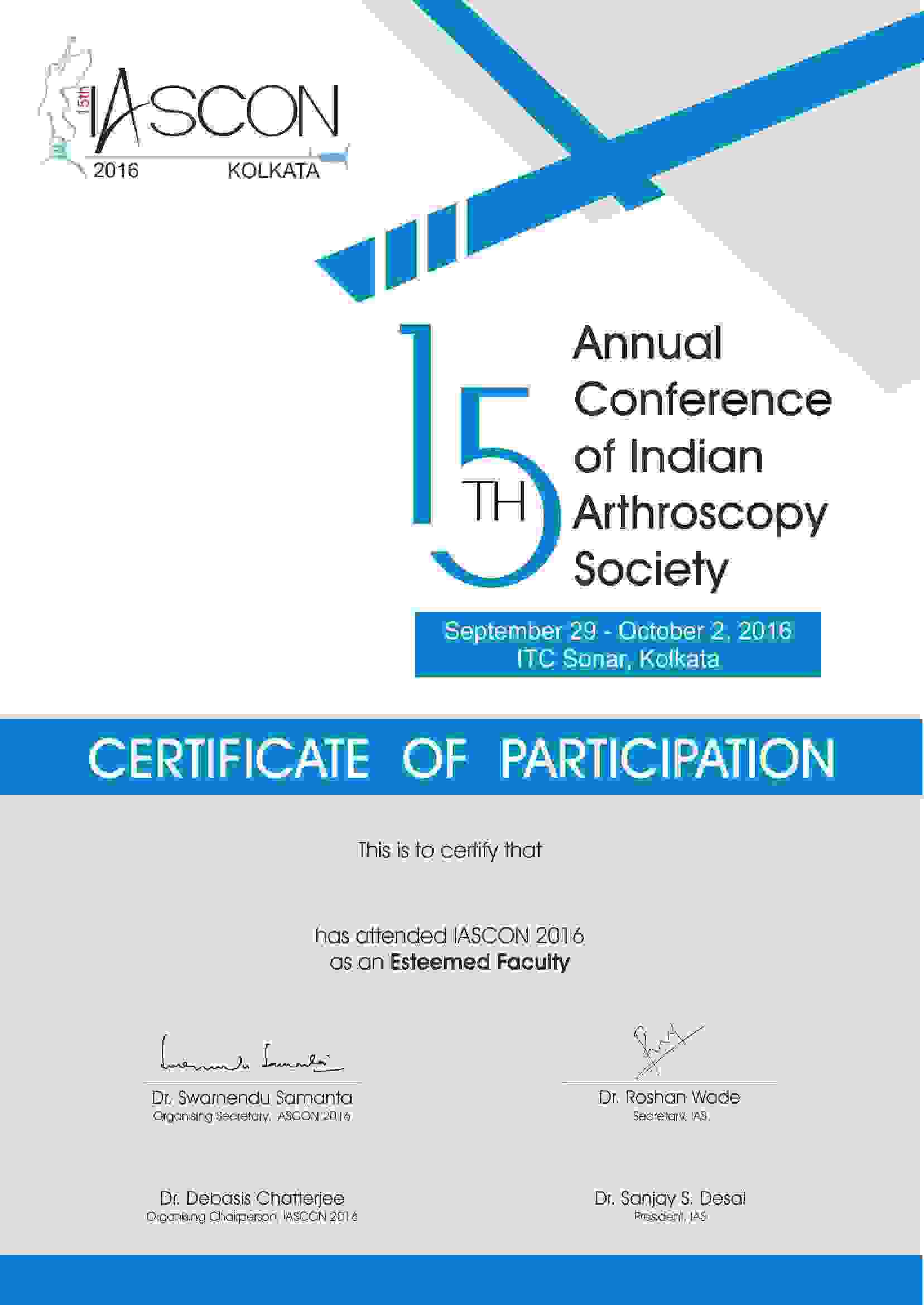The shoulder consists of two joints, the Acromioclavicular (AC) joint and the Glenohumeral joint. The Acromioclavicular joint is the region where the collarbone, or clavicle, meets the acromion, the tip of the shoulder blade. The Glenohumeral joint is the point where the humerus, the top of the arm bone, meets scapula, the shoulder blade. Osteoarthritis generally occurs in the AC joint.
Weightlifters and others who constantly lift huge amounts of weight overhead usually tend to have an increased incidence of AC joint osteoarthritis, and that too at a younger age. AC joint osteoarthritis could also develop following an injury to the joint. Very often, Osteoarthritis occurs in people who are above 50 years. In younger people, osteoarthritis can result from severe injury or trauma, such as fractured shoulder. This type of Osteoarthritis is known as Post-traumatic arthritis.
Symptoms of Shoulder Osteoarthritis
- Severe pain while moving the shoulder or even while sleeping.
- Pain and tenderness in the front part of the shoulder, particularly around the joint.
- The pain may spread to other parts such as the front of the chest, and the neck.
- Clicking or snapping of the joint on movement.
- Limited range of motion when you try to move your arm.
Diagnosis
The doctor will go through your medical history and perform physical examination to assess the pain, tenderness, loss of motion and to determine if there are any other symptoms in the surrounding tissues. The doctor would conduct several tests including X-rays, blood tests, removal of synovial fluid for analysis and MRI Scans to diagnose osteoarthritis of the shoulder.
Treatment options:
- Non-Surgical treatment:Resting the shoulder joint. The person with arthritis is required to change the way he moves his arm while performing daily activities, so that the pressure on the shoulder joint is significantly reduced.
- Consuming over-the-counter non-steroidal anti-inflammatory drugs, such as ibuprofen or aspirin.
- Performing physical therapy recommended by the doctor.
- Performing various range-of-motion exercises to increase flexibility.
- Applying moist heat to the shoulder
- Applying ice to the shoulder for at least 20 minutes, two or three times a day to reduce inflammation and pain.
- Using other medications prescribed by the doctor such as injections of corticosteroids.
- Consuming dietary supplements such as glucosamine and chondroitin.
Surgical treatment:
In case, nonsurgical treatments do not work effectively on the patient, the doctor may recommend surgical treatment. Some of the surgical treatments include:
- Shoulder joint replacement or total shoulder arthroplasty to treat arthritis of the glenohumeral joint.
- Hemiarthroplasty for the replacement of the upper arm bone or head of the humerus. This option is also used to treat arthritis of the glenohumeral joint.
- Resection arthroplasty which involves removal of a small piece of the end of the collarbone. This option is used for the treatment of arthritis of the Acromioclavicular joint. A resection arthroplasty essentially involves the surgical removal of the last 1.3 cm of the collarbone. As a result of the removal, a space is created between the acromion and the cut end of the collarbone. The joint is then replaced by scar tissue, which enables movement, but prevents the bone ends from rubbing against each other. This helps in restoring the flexible connection between the acromion and the collarbone. The procedure is generally performed by making a small incision in the skin over the AC joint. In certain cases, the surgery could be done arthroscopically.. The surgeon removes the portion of collarbone through a small incision, causing very little disruption to the other shoulder structures.
Recovery and Rehabilitation:
A sling has to be worn for three to five days to protect the shoulder after the initial pain caused by the surgery. Range-of-motion exercises commence soon afterwards and continue for up to 6 weeks. This is followed by 6 weeks of strengthening therapy. Physiotherapy is performed frequently until range-of-motion and strength are maximized. Excessive use of shoulder is prohibited for an additional period of six weeks.











